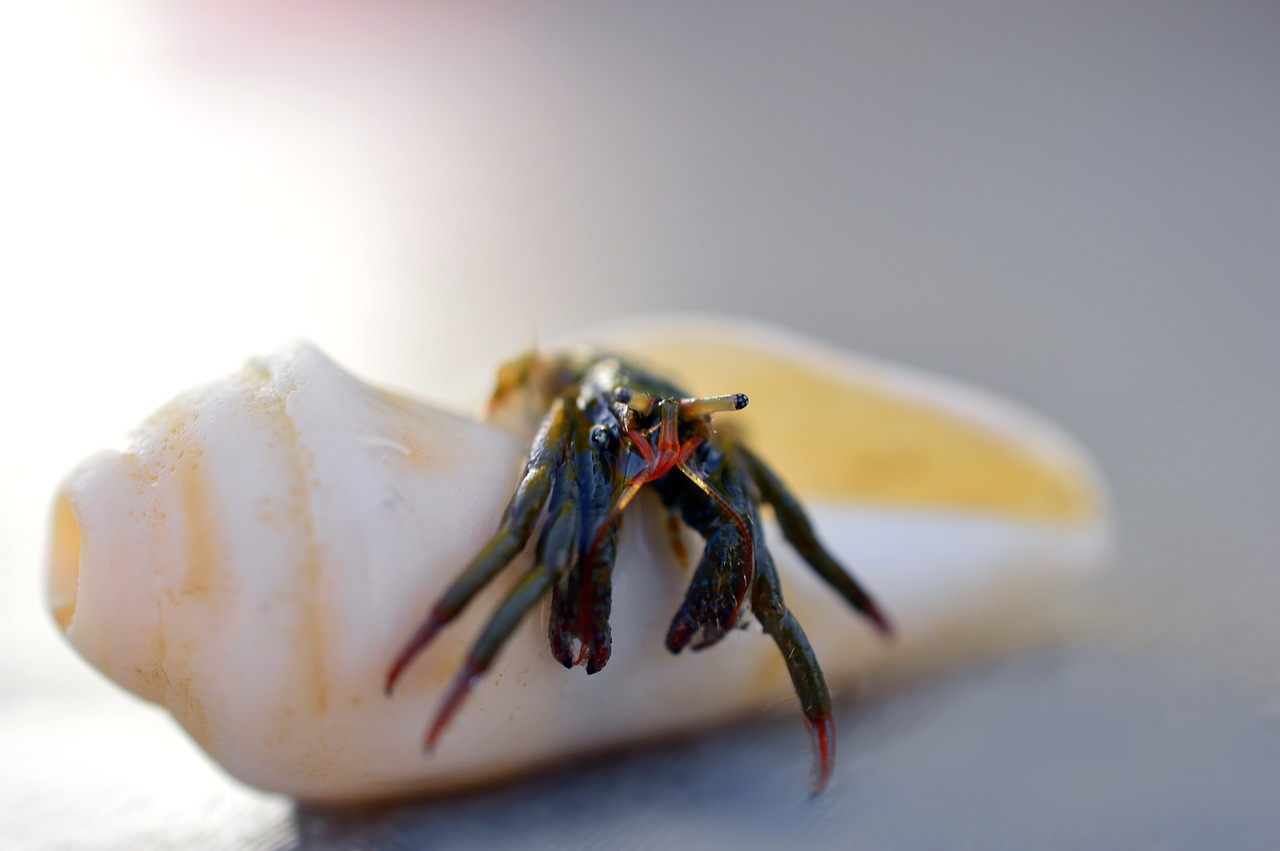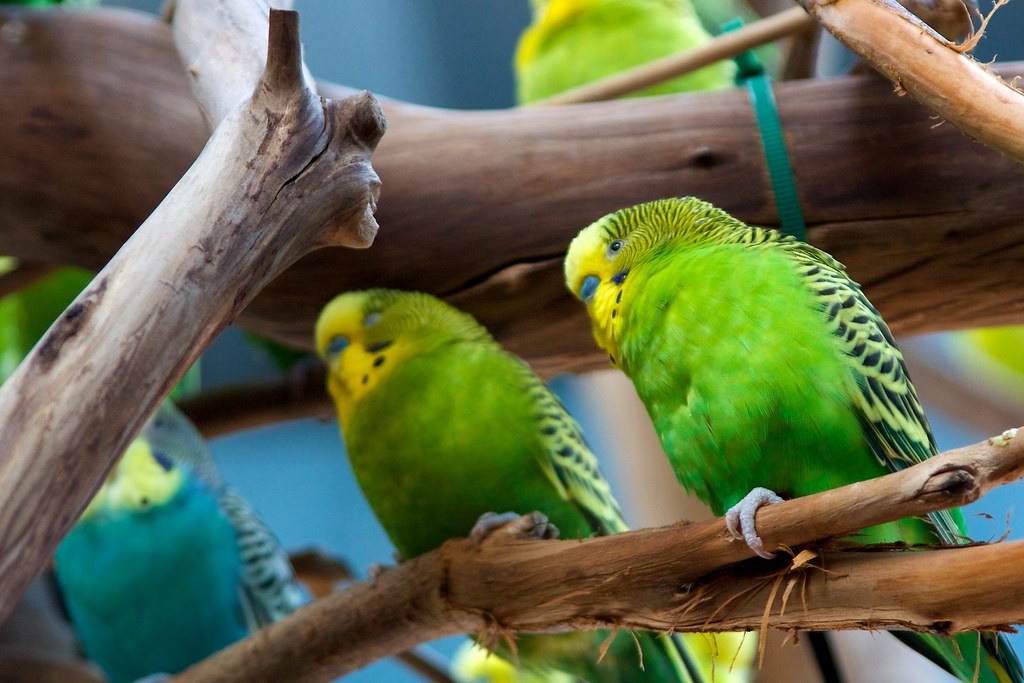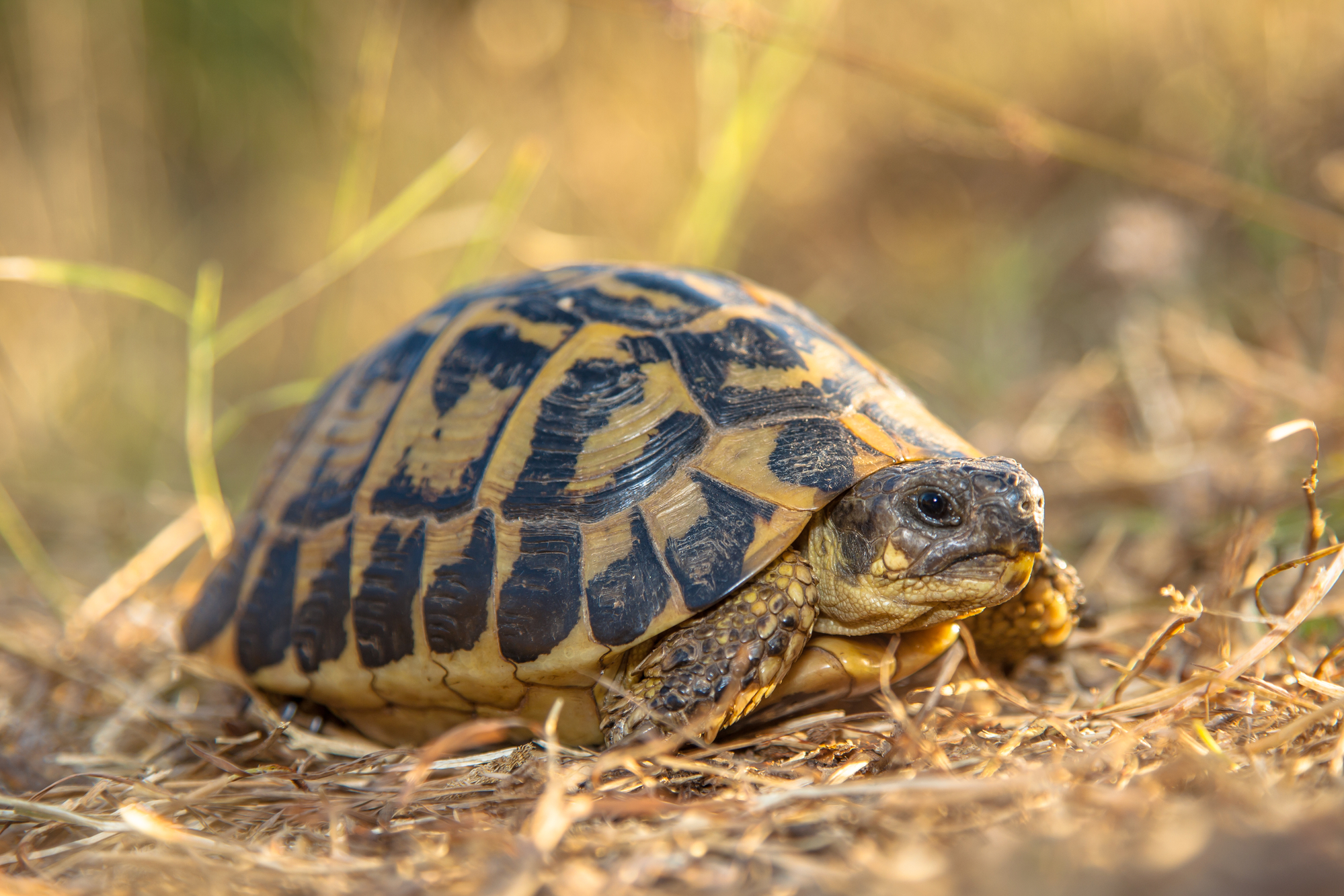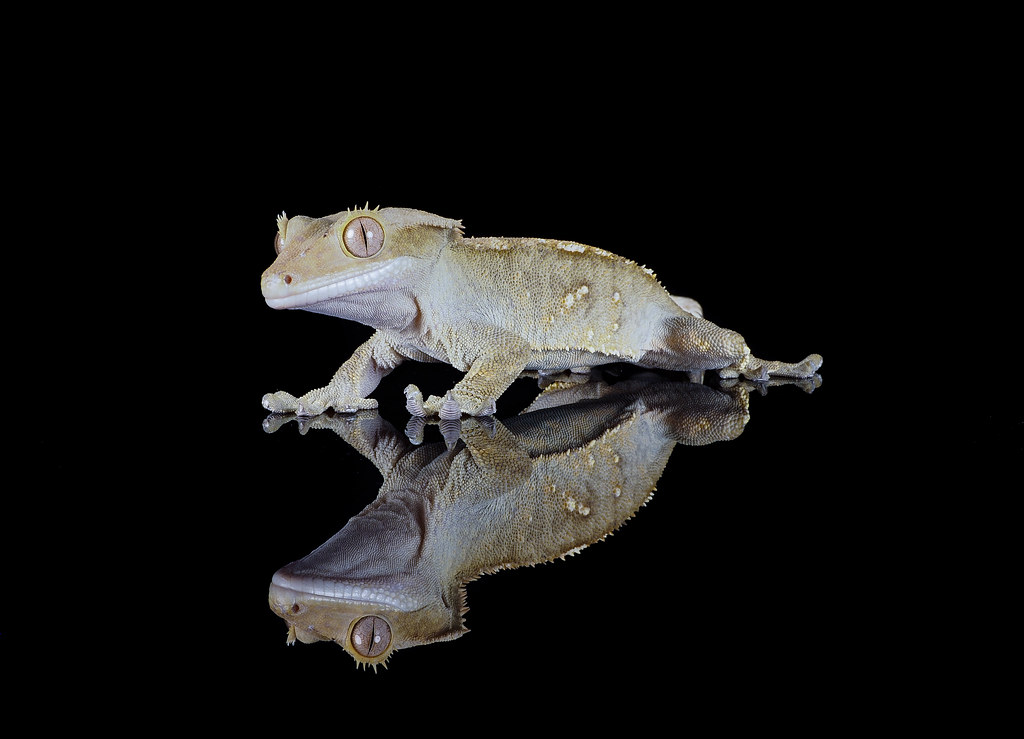It’s no secret that today’s parents find balancing their jobs and family lives more challenging than ever.
Although you recognize the benefits that pets may provide to kids, you cannot provide a new home for a pet.
The good news is that there are several low maintenance pets for kids that may serve as companions.
However, although elementary school children may handle feeding, watering, and cleaning up after these pets, parental supervision is still recommended.
Owning a pet may positively affect the lives of the pet’s owners and the kids in the household.
However, not every household can meet the needs of a dog or a stubborn, furniture-scratching cat.
We should applaud pets that require less time and effort from their owners to feed, groom, and train.
Here are some of the best low maintenance pets for kids. Check them out and see which ones your kid would like and which would work best with your family’s schedule.
1. Guinea Pigs

Guinea pigs are a common, popular, and low-maintenance kid pet.
Their small size and relatively simple maintenance needs make them a common choice as pets for kids. They are quite calm and cute; they don’t need much care.
They hold up well under stress. Generally, guinea pigs are friendly and interactive pets who thrive when exposed to human company.
They are quite at ease sitting on a child’s lap and may even express their joy audibly when their favorite person is around.
There is a large selection of guinea pig breeds, so your family can find one that meets everyone’s needs.
A long-haired guinea pig is ideal for kids ready for more responsibilities.
The child can help brush the guinea pig’s hair and ensure it isn’t matted.
Kids can help clean the guinea pig’s cage and feed it hay, lettuce, and pellets.
There’s a lot of interaction among guinea pigs. Getting another guinea pig, however, would need you to double your cage area and cost.
The average lifespan of a guinea pig is between five and seven years, making it a viable alternative for those who want a pet with a modest commitment.
2. Hamsters

Hamsters are great low-maintenance pets for kids because they are cute and simple to care for.
The Syrian hamster, known as the golden hamster, is the most common type. Syrian hamsters prefer to be single pets rather than in groups.
As its name implies, the Teddy Bear hamster has longer fur than its Syrian counterpart.
Dwarf hamsters, often seen in pet shops, may coexist with other animals, but their tendency for nippiness might not be the ideal option for very young children.
Get your hamster a big, secure cage so it can’t get out. Use hay, straw, or other fibers as bedding, and clean the cage daily.
Provide fresh water in a dish you hang on the cage’s side. Also, supplement commercial hamster food with tiny pieces of carrot, apple, pear, or parsley.
Put a hamster wheel inside the cage to give your pet some exercise while they are confined. Under supervision, kids can safely remove and play with a hamster from its cage.
3. Rabbits

Although rabbits are amazing low-maintenance pets for kids, their upkeep requires significant time and attention.
Their longevity is remarkable. In some cases, they develop intensely close relationships with their owners.
They can show kindness. However, only kids with a calm demeanor should handle a rabbit because of the animal’s fragility and tendency to startle quickly. Rabbits may bite, leap, and hurt themselves.
Although rabbits have a good reputation as low-maintenance beginner pets, they are better suited to older kids who can take responsibility for their pet’s needs.
They require a lot of time and attention because social animals thrive on interaction with their owners.
Rabbits may be wonderful pets for the right home. Your kid will have a lot of fun with this curious, active pet which likes being around people. Your kids may take care of these pets since they suit older kids.
They may clean the rabbit’s litter box, feed it, clean its cage, and provide it with bedding (paper and hay).
It’s a great chance to spend quality time with your kids while meeting the rabbit’s mobility and socialization demands outside his cage.
Remember that rabbits may need to be isolated from other pets because of the risk of attack or harm.
Since domestic rabbits may live for 8-12 years, so they are a long-term household commitment.
4. Hermit Crabs

Hermit crabs are great low-maintenance pets for kids who enjoy spending time at the beach and are interested in caring for the animals that live there.
If your kids give their new pets time to adjust to their new home, they will see they have distinct personalities.
Keep land hermit crabs in a tank no smaller than ten gallons. Put sand or another substrate at the bottom of the tank, so they have something to dig into.
Hermit crabs should also have access to a bowl of salt and fresh water. They use one for ingesting and the other for washing.
Crabs will need wood and other materials to climb on in their tank.
Hermit crabs should be fed pelleted crab food, but fresh fruit and vegetable scraps should also be provided.
Hermit crabs have an extremely long lifespan if given the proper care.
5. Parakeets

Parakeets or budgerigars, as often referred to, are great birds for kids to have as pets.
Some of these tiny, social birds can even converse with one another. In most studies, males mimicked everyday household noises.
Children may train their parakeets to do tricks, such as perching on a finger, with a little time and persistence. Get your parakeets a nice cage; the bigger, the better.
Provide them with plenty of perches, small mirrors, bells, ladders, and other bird toys to keep them engaged in their cage.
Like other birds, parakeets need access to clean water and bird feed at all times. It would help if you cleaned their cage floor every day.
You may use paper towels instead of the expensive cage floor linings available for speedy cleanup.
6. Greek Tortoises

Greek tortoises are smaller compared to other turtles, tortoises, and terrapins.
The ideal enclosure for a Greek tortoise, which may reach 5 to 8 inches when fully grown, is a big one built of plywood to simulate their native habitat.
This helps them to know their boundaries, while glass and plastic will have them constantly trying to escape.
You and your vet should work together to tailor care for your tortoise to its specific needs, including any food requirements.
Your kids may help you monitor the environment by reading the enclosure’s temperature, humidity, light, and heat.
As a bonus, kids may help with tasks such as chopping vegetables, giving vitamins, and refilling water dishes.
Some reptiles are perfect for autistic children because they are calm, quiet, and not overstimulating.
Since Greek tortoises don’t like being handled, they make wonderful low-maintenance pets for kids who want to watch their pets in action.
Nonetheless, there is no guarantee that they will engage with you in any way. Their reputation for responsiveness and interactivity precedes them.
They will approach their caregivers to get food but be polite and active.
7. Crested Gecko

A crested gecko makes a great novelty pet if you’re not afraid of lizards. They’re the most awesome reptile ever.
They have the softest fur of any animal. Their toes tend to become stuck in the container’s glass.
They only come out at night. Even if you may see them throughout the day, the best time to play with them is late evening or early morning.
Although these pets can be handled and have some interesting traits, teaching your kid to treat them gently is essential.
It might take up to four weeks for a baby crested gecko to adjust to its new environment and get conditioned to being handled.
Instruct your kid to handle crested geckos carefully since they drop their tails if they are frightened or feel threatened.
Family members may take turns caring for the crested gecko. Kids may learn to measure and mix the powdered food for a crested gecko with water. You may set up a terrarium with your kids’ assistance.
Reminding your kids to wash their hands after touching the gecko would be best since reptiles are more likely to harbor Salmonella germs than other types of pets.








